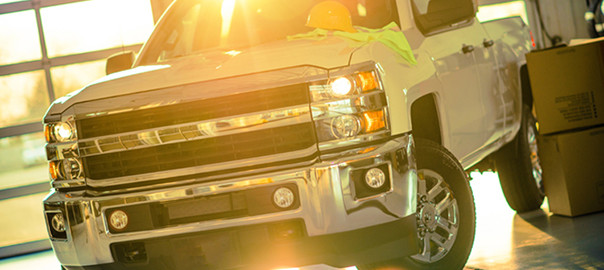In industry tests, two Ford F150 trucks were loaded with identical amounts of gravel- one of which were additionally given a suspension stabilizer, and one only carried its default factory suspension. In an interview with the respective drivers after they completed a drive through a testing terrain, the driver who drove the truck with only the factory suspension described the drive as being somewhat “mushy” and bumpy – even inside a flat parking lot, the car and is affected by every ridge and bump, making for a much less smooth drive. The truck fitted with additional suspension stabilizers enjoyed a much smoother and more relaxed drive.
How does suspension work?
Suspension stabilizers can be understood as an assistant to the factory suspension system. It basically helps them do the job that they were originally intended to do – carry a large amount of weight. Many trucks are equipped with a group of overload leaf springs. These are meant to handle a certain weight load that is determined by the manufacturers. However, it’s common that the leaf spring pack needs to drop at least a few inches before they make contact with and activate the lower overload spring – which gives the majority of the needed support for heavy lifting. When the truck doesn’t have this extra support it causes swaying, bouncing, and delayed stopping time. The only way that this can be corrected is by pre-activating the overload leaf springs to keep the truck level – this is what suspension stabilizers do.
Structure of Suspension Stabilizers
Suspension stabilizers work as a wedge placed between the leaf spring pack and the overload leaf spring, keeping a constant pressure that supports the hauled weight without causing the truck’s body to sag downwards. This pressure contact is kept along all four sides of the factory suspension, which provides an element of control that you won’t be able to find with default factory features. They are superior to airbags; which, while helping to lift and make level the truck’s weight, place all this weight right above the upper leaf springs – only activating two points of contact, causing side-to-side sway. This effect is similar to that of a shock or sway bar, which although doing part of the job of stabilization, won’t get you results anything close to suspension stabilizer bars.

